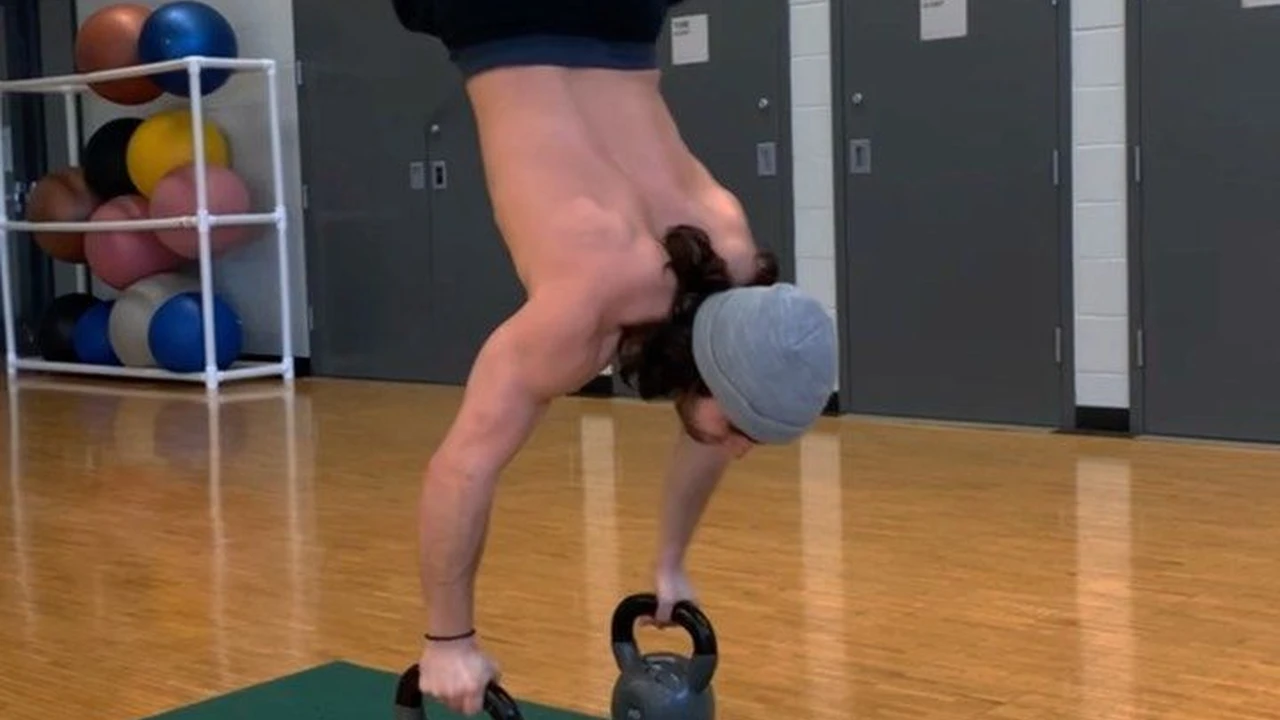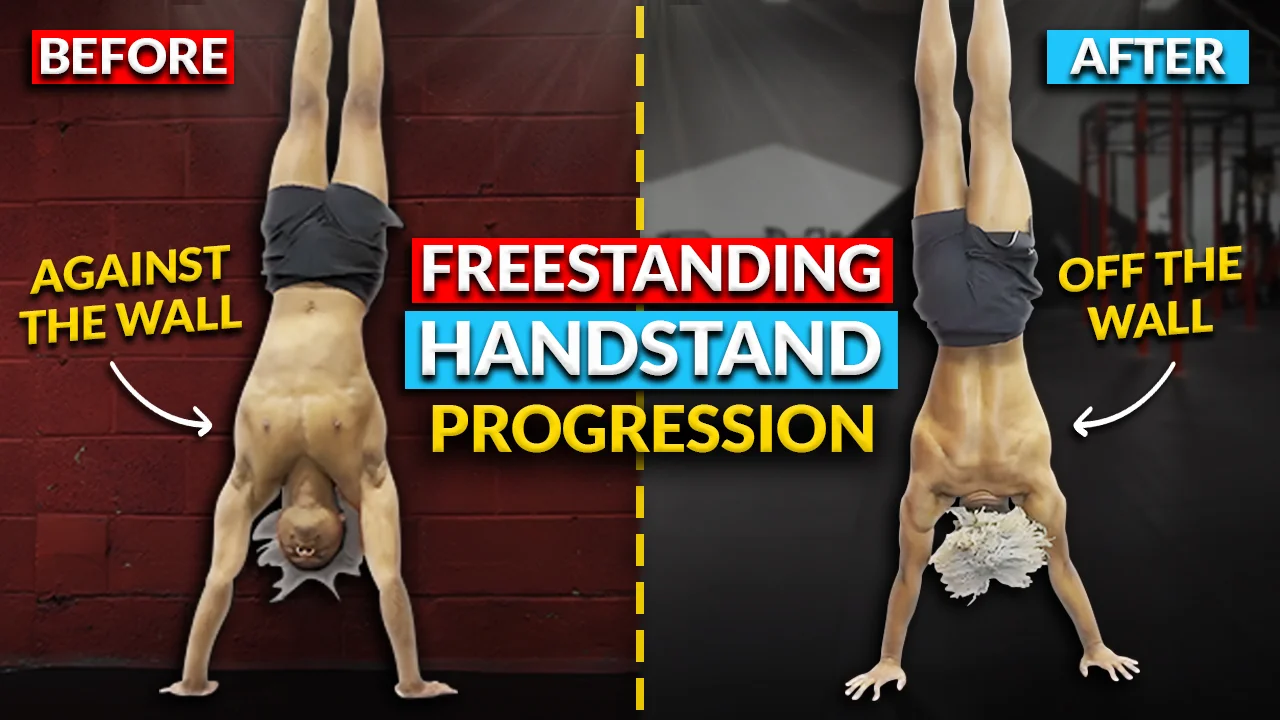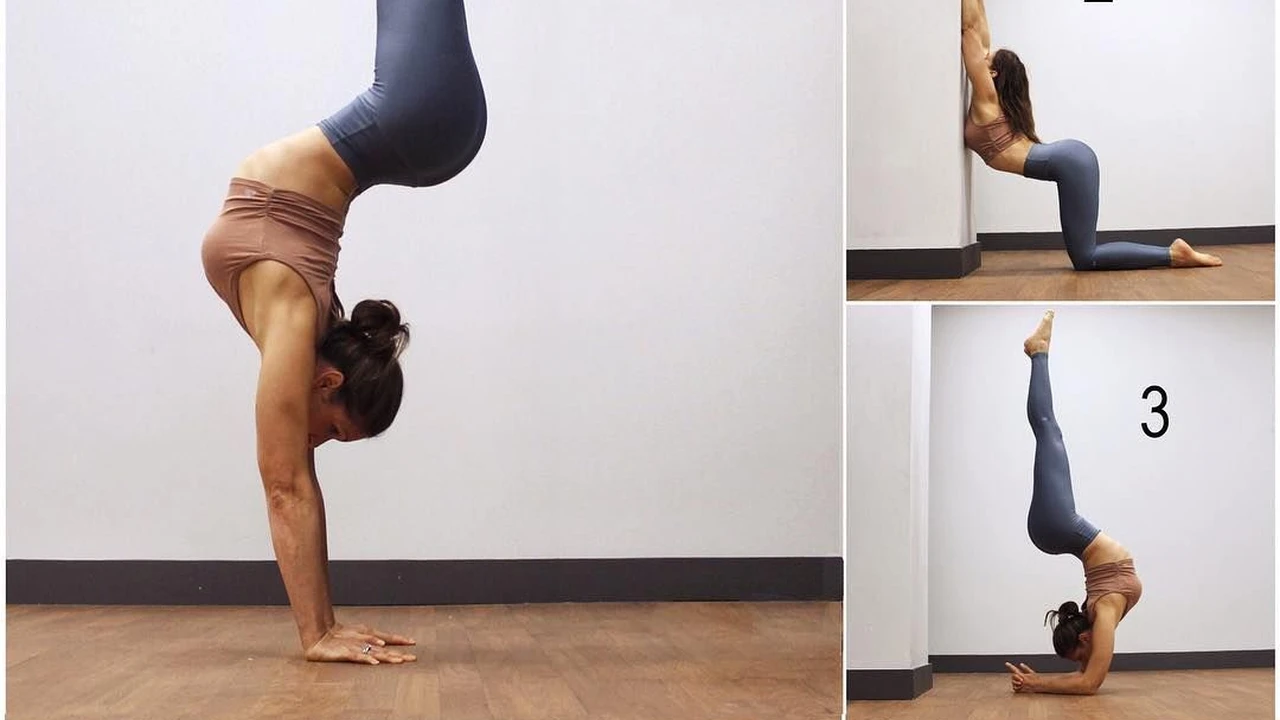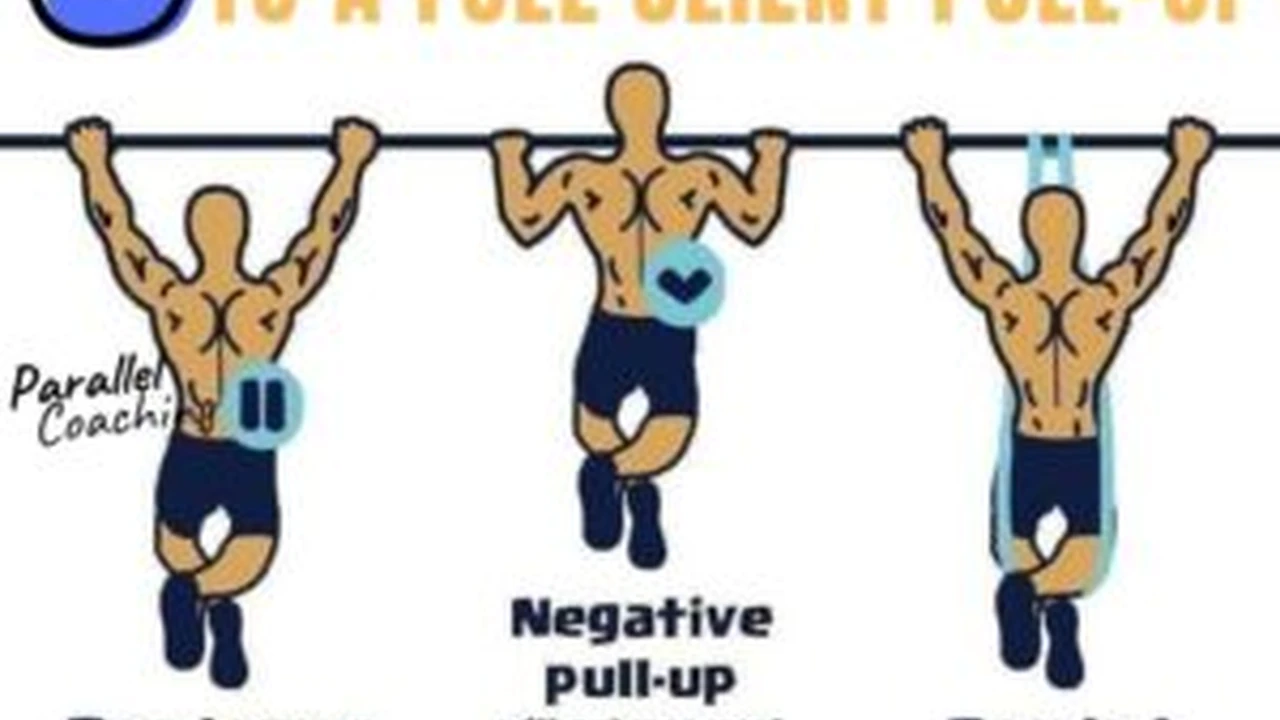7 Common Calisthenics Injury Prevention Tips
Calisthenics is an awesome way to build strength and improve your fitness, but it's also important to stay safe. Injuries can sideline your progress, so taking preventative measures is key. This article dives into seven common calisthenics injury prevention tips, plus we'll check out some gear to help you recover and stay in the game. We'll even compare some specific products with pricing so you can make informed choices.

So, you're pumped about calisthenics? That's fantastic! But before you're doing muscle-ups and planches, let's talk about keeping your body in tip-top shape. Nobody wants to be sidelined by an injury, especially when a little prevention can go a long way. Let's jump into those tips!
Warm-Up Properly for Calisthenics Workouts: Injury Prevention Starts Here
Seriously, don't skip the warm-up! Think of your muscles like a rubber band – you don't want to stretch it to its limit cold. A good warm-up increases blood flow, improves joint mobility, and prepares your muscles for the upcoming workout. This dramatically reduces your risk of strains, sprains, and other injuries.
What should a good warm-up include? Think dynamic stretches like arm circles, leg swings, torso twists, and cat-cow stretches. You can also incorporate some light cardio, like jogging in place or jumping jacks. Aim for at least 10-15 minutes of warm-up before each calisthenics session.
Master Proper Form and Technique: Avoid Injuries in Bodyweight Training
Form is king (or queen!). Executing exercises with proper form is crucial for injury prevention. Poor form puts unnecessary stress on your joints and muscles, increasing your risk of injury. It's better to do fewer reps with perfect form than to crank out a bunch with sloppy technique.
If you're unsure about your form, seek guidance from a qualified calisthenics coach or trainer. They can assess your technique and provide personalized feedback. Video yourself performing exercises and compare it to videos of proper form. Pay attention to details like your body alignment, joint angles, and muscle engagement.
Progress Gradually: Don't Rush Your Calisthenics Journey to Injury
Rome wasn't built in a day, and neither is a calisthenics body. Don't try to progress too quickly. Your body needs time to adapt to new movements and stresses. Increase the difficulty of exercises gradually, and listen to your body. If you're feeling pain, stop and rest.
A good rule of thumb is the 10% rule: increase the volume or intensity of your workouts by no more than 10% each week. This allows your body to adapt and reduces your risk of overuse injuries. Avoid the temptation to jump ahead to more advanced exercises before you're ready.
Listen to Your Body: Recognizing and Responding to Pain is Key for Injury Prevention
Your body is constantly communicating with you. Learn to listen to it! Pain is a signal that something is wrong. Don't ignore it or try to push through it. If you're experiencing pain during a workout, stop immediately and rest. If the pain persists, consult a healthcare professional.
Distinguish between muscle soreness and pain. Muscle soreness is a normal part of training and usually subsides within a few days. Pain, on the other hand, is a sharp or persistent discomfort that may indicate an injury. Pay attention to the location and intensity of the pain, and seek medical attention if necessary.
Cool Down and Stretch: Essential for Calisthenics Recovery and Injury Prevention
Just as important as warming up, cooling down and stretching helps your muscles recover and reduces stiffness. Static stretches, where you hold a stretch for 30-60 seconds, are ideal for cooling down. Focus on stretching the muscles you used during your workout.
Examples of good cool-down stretches include hamstring stretches, quad stretches, calf stretches, and shoulder stretches. Hold each stretch for at least 30 seconds and breathe deeply. This will help improve your flexibility and reduce your risk of muscle imbalances.
Strengthen Supporting Muscles: Building a Balanced Body for Calisthenics
Calisthenics often focuses on specific muscle groups, but it's important to strengthen the supporting muscles as well. This helps to stabilize your joints and prevent imbalances that can lead to injuries. For example, if you're working on pull-ups, strengthen your rotator cuff muscles to protect your shoulders.
Incorporate exercises that target your core, rotator cuff, glutes, and other supporting muscles. Examples include planks, push-ups, rows, and squats. Aim for a balanced workout that addresses all major muscle groups.
Proper Nutrition and Hydration: Fueling Your Body for Calisthenics Performance and Injury Prevention
Your body needs the right fuel to perform at its best and recover from workouts. A healthy diet that includes plenty of protein, carbohydrates, and healthy fats is essential for muscle growth and repair. Stay hydrated by drinking plenty of water throughout the day.
Consider supplementing with vitamins and minerals if you're deficient in certain nutrients. Consult with a registered dietitian or nutritionist to create a personalized nutrition plan that meets your specific needs. Remember, you can't out-train a bad diet!
Calisthenics Gear for Injury Prevention and Recovery: Product Recommendations and Comparisons
While calisthenics is primarily bodyweight training, some gear can help you prevent injuries and enhance your recovery. Let's take a look at a few options:
Foam Rollers for Muscle Recovery: Product Reviews and Pricing for Calisthenics Athletes
Foam rolling is a great way to release muscle tension, improve flexibility, and reduce soreness. It's like giving yourself a massage! You can use a foam roller on your legs, back, shoulders, and other areas.
- TriggerPoint GRID Foam Roller: This is a popular choice among athletes. It has a firm, textured surface that provides deep tissue massage. Price: Around $35. Pros: Durable, effective for deep tissue massage. Cons: Can be painful for beginners.
- AmazonBasics High-Density Round Foam Roller: A more affordable option. It's less aggressive than the TriggerPoint GRID, making it a good choice for beginners. Price: Around $15. Pros: Affordable, good for beginners. Cons: Less effective for deep tissue massage.
- Theragun Prime: A percussive therapy device that provides targeted muscle relief. It's more expensive than a foam roller but can be more effective for breaking up knots and improving circulation. Price: Around $300. Pros: Very effective for muscle relief, customizable settings. Cons: Expensive.
Usage Scenario: Use a foam roller after your workouts to reduce muscle soreness and improve recovery. You can also use it before workouts to warm up your muscles. Spend 5-10 minutes rolling each muscle group.
Resistance Bands for Warm-Up and Prehab: Choosing the Right Bands for Calisthenics
Resistance bands are versatile tools that can be used for warm-up, prehab (preventative rehabilitation), and strength training. They're great for activating your muscles and improving joint stability.
- TheraBand Resistance Bands: These are high-quality resistance bands that come in a variety of resistance levels. Price: Around $10-20 per band. Pros: Durable, versatile, wide range of resistance levels. Cons: Can snap if overstretched.
- Fit Simplify Resistance Loop Exercise Bands: These are loop bands that are great for lower body exercises. Price: Around $15 for a set of five. Pros: Affordable, convenient for lower body exercises. Cons: Less versatile than TheraBand resistance bands.
Usage Scenario: Use resistance bands for warm-up exercises like band pull-aparts, face pulls, and lateral walks. You can also use them for prehab exercises like rotator cuff exercises and glute activation exercises.
Wrist Wraps for Joint Support: Protecting Your Wrists During Calisthenics Training
Wrist wraps provide support and stability to your wrists during exercises like push-ups, handstands, and dips. They can help prevent wrist pain and injuries.
- Rip Toned Wrist Wraps: These are high-quality wrist wraps that provide excellent support. Price: Around $20. Pros: Durable, provides excellent support. Cons: Can be uncomfortable if too tight.
- Dark Iron Fitness Leather Wrist Wraps: Leather wrist wraps offer a more traditional feel and can be more durable than fabric wraps. Price: Around $30. Pros: Durable, stylish. Cons: Can be less comfortable than fabric wraps.
Usage Scenario: Use wrist wraps during exercises that put a lot of stress on your wrists. Make sure to adjust the wraps so they're snug but not too tight.
Gymnastics Grips for Bar Work: Preventing Rips and Tears in Calisthenics
Gymnastics grips protect your hands from rips and tears during bar exercises like pull-ups, muscle-ups, and bar dips. They provide a better grip and reduce friction.
- Bear KompleX Leather Hand Grips: These are popular gymnastics grips made from high-quality leather. Price: Around $40. Pros: Durable, provides excellent grip. Cons: Can be expensive.
- WOD Nation Gymnastics Grips: A more affordable option. These grips are made from synthetic material. Price: Around $25. Pros: Affordable, good grip. Cons: Less durable than leather grips.
Usage Scenario: Use gymnastics grips during bar exercises. Make sure to chalk your hands and the grips for a better grip.
Elbow Sleeves for Joint Support: Reducing Elbow Pain During Calisthenics
Elbow sleeves provide compression and support to your elbows during exercises like dips and push-ups. They can help prevent elbow pain and injuries.
- Rehband Elbow Sleeve: A popular choice among athletes for its support and durability. Price: Around $40 each. Pros: Excellent support, durable, good compression. Cons: Can be expensive.
- Mava Sports Elbow Compression Sleeves: A more affordable option providing good compression and support. Price: Around $20 for a pair. Pros: Affordable, good compression. Cons: Less durable than Rehband.
Usage Scenario: Use elbow sleeves during exercises that put a lot of stress on your elbows. Make sure to choose the correct size for optimal compression and support.
By following these tips and using the right gear, you can minimize your risk of injury and enjoy a long and healthy calisthenics journey. Remember to listen to your body, progress gradually, and prioritize proper form. Happy training!
:max_bytes(150000):strip_icc()/277019-baked-pork-chops-with-cream-of-mushroom-soup-DDMFS-beauty-4x3-BG-7505-5762b731cf30447d9cbbbbbf387beafa.jpg)






